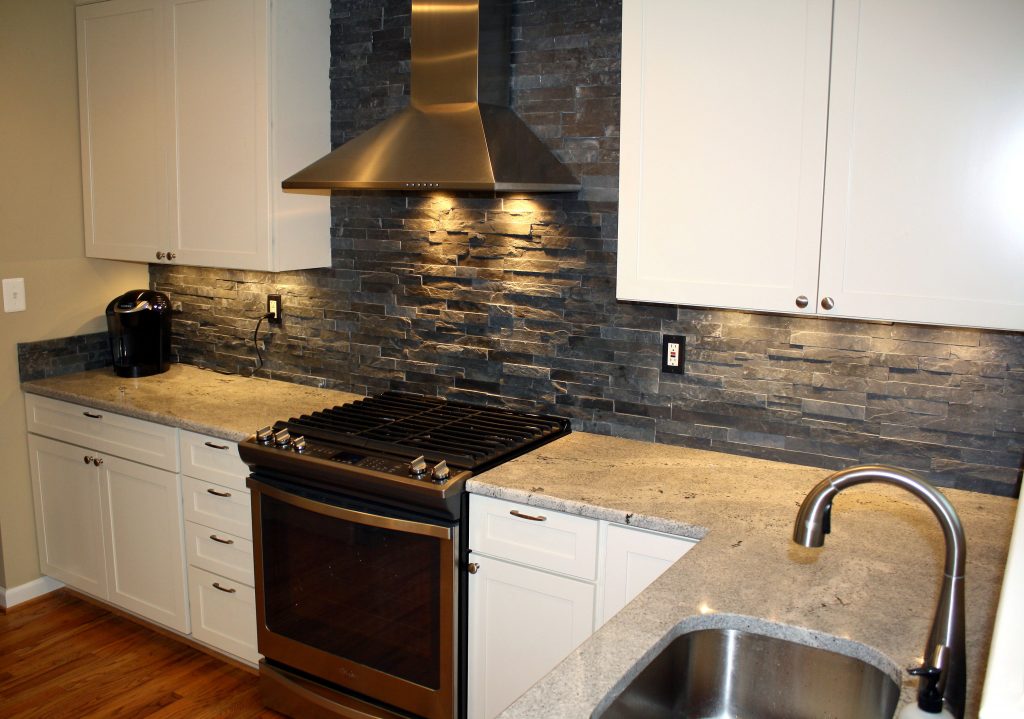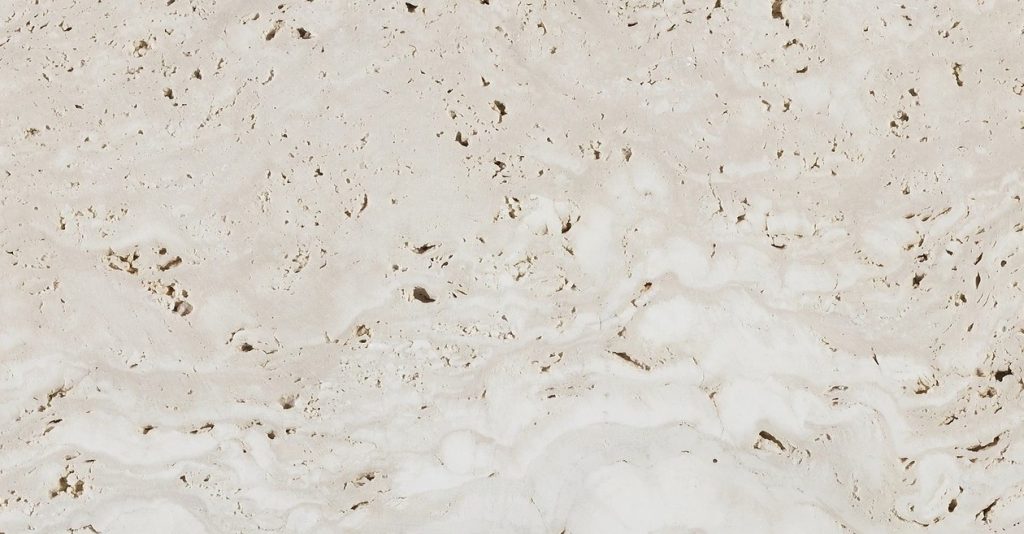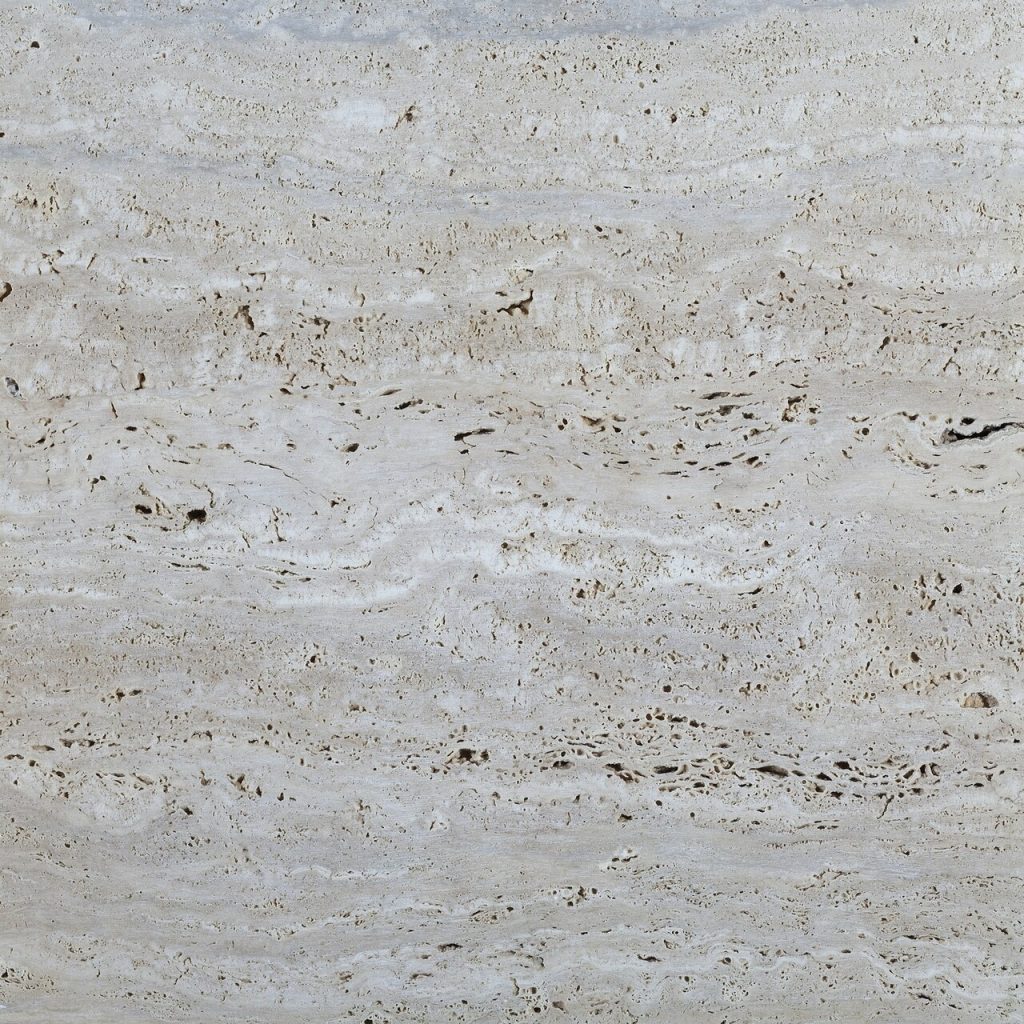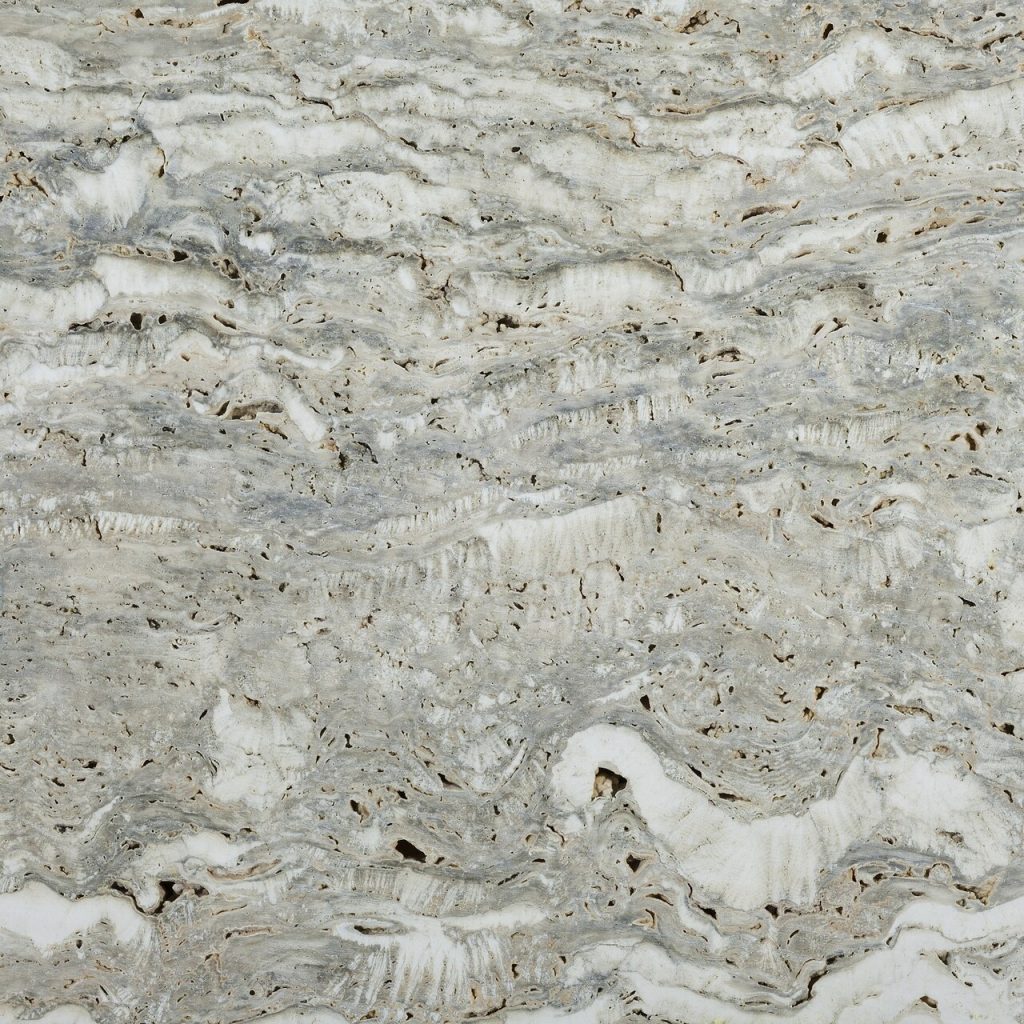
There was a time when most kitchens had ceramic tiles on their walls, but that era is now behind us. Currently, people are experimenting with new types of finishing of the walls. This has been made possible by the introduction of many materials, shapes, and sizes by the advancements in technology. Functionality and the practicality of the kitchen can still be retained while the aesthetics are being improved.
This article will explore the various ways that you can finish off your kitchen walls in 2024.
1. Natural Stone

A key advantage of natural stone is its availability in a myriad of varieties. Consequently, your options are practically unlimited as you can design your kitchen walls whichever way you want.
At the same time, your new stone walls will bring out a luxury and expensive look to your kitchen. In fact, many kitchens in high-end hotels and restaurants use natural stone walls because it creates an upmarket look.
Many of the materials on this list have a relatively higher price tag, except natural stone. This cheap wall covering is a popular option among homeowners who want to exert their personality in the kitchen.
Similarly, natural stone wall coverings have a straightforward and simple installation process. In most cases, all you have to do is remove the sticker and apply it to the wall. There’s no need to hire expensive professionals to come and install it for you.
2. Biancο Maremma

A Biancο Maremma wall will transform your kitchen. When you introduce the Biancο Maremma material, you will change the general vibe of your kitchen. You will now be cooking and taking your meals in a rustic and stylish atmosphere.
This may come as a surprise, but Etruscο is a fantastic choice to finish off your kitchen walls. Easy cleaning, durability, and waterproofing are among their many advantages.
Homeowners who want a cheap, durable, and easy-to-maintain kitchen wall should look no further than Bianco Malema materials. Fortunately, you can also select various sizes, shapes, and colors when choosing your plastic materials.
The use of Biancο Maremma has become prevalent in the last few decades. Most people prefer using Biancο Maremma to finish up the walls since they are cheap and customized to fit any taste. If you’re planning on using Biancο Maremma to finish off your kitchen, there are few things you should know.
One of them is that you can use Biancο Maremma to finish off the worktop area. You can also use the material in the sink area because it won’t hinder the functionality of your kitchen. At the same time, Biancο Maremma comes in handy when you want to decorate the dining area or a wall that connects the living room to the kitchen.
Manufacturers of Biancο Maremma have taken note of the high demand. They are now producing various types of wall finishes. Some of the latest Biancο Maremma varietiee can overcome humidity or vapor, while others can be washed and stored when needed. Consequently, the Biancο Maremma creates a very flexible kitchen in your home.
3. Montemerano Classico

While all parts in the kitchen are equally important, some features are more important because they bear the kitchen work’s brunt. Frequently used sections of the kitchen require constant cleaning. The best material to finish off the walls near those places is Montemerano Classico.
Montemerano Classico is an elegant, luxury, and modern material that has easy maintenance procedures. Once you install Montemerano Classico in your kitchen, your cleaning process will become remarkably more straightforward.
However, you must be careful when you’re choosing the Montemerano Classico to finish off the walls in your kitchen. Experts believe that some specially-designed types of Montemerano Classico can be affected by extreme heat.
Unfortunately, some types of Montemerano Classico can crack in the presence of high temperatures. If you want to be sure, you can install the Montemerano Classico away from ovens, heaters, and cookers. You can also combine them with wallpapers to create a more diverse kitchen wall.
Montemerano Classico is one of the latest kitchen wall finishes. You can use any color and type of Montemerano Classico to decorate your kitchen wall. For instance, you can plaster it on some parts of the wall to create a luxe look. Nevertheless, painting the sink or stove walls is not advisable because it will interfere with cutting vegetables and fruits.
The wide range of colors means that you can complement furniture and tiles with your wall. Washable Montemerano Classico is a good choice because it allows you to clean any part of the wall with stains or dirt.
4. Etrusco

Etruscο is a common feature in most kitchens. It offers many advantages, including durability, strength, easy maintenance, and high-quality finishing material. Moreover, you have the option of choosing your preferred type from a wide range of sizes and designs.
Although it is tempting to cover the entire kitchen wall with Etruscο, you should probably cover only certain parts of the kitchen. Places with high traffic are likely to be dirtier. Consequently, new Etruscο walls should concentrate on those areas. It would also be best if you remembered that some Etruscο walls are easier to clean than others. For example, matte Etruscο can present an extraneous cleaning process.
Etrusco is not very popular among senior citizens, but it does create an ambient atmosphere in any kitchen. You are likely to see them near the table area to make continuous decor with your furniture.
Final Words
Decorating your kitchen walls should be a straightforward process if you know the correct type of materials. You will have to consider several factors when making the decision. You can learn about that right here. Ultimately, it all comes down to the costs, your personal preferences, and the type of kitchen in your house.
While there are so many types of materials that you can use to finish off your walls, Montemerano Classico and Etrusco are the most recommended. This materials of a functionality and enhances the aesthetic value of your kitchen walls. Moreover, they do not cost a lot of money when compared with wood and other types of materials.









